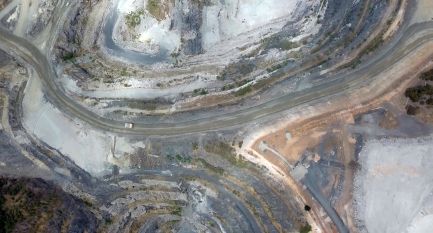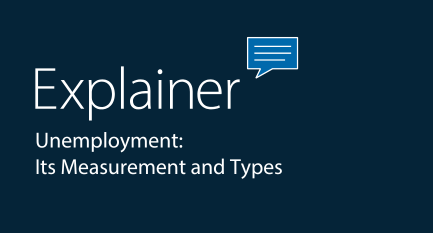October 2025
- Download the complete Bulletin 2.95MB

Small Business Economic and Financial Conditions
The economic environment has improved for small businesses over the past year, although conditions remain subdued. Survey measures of business conditions and confidence have improved but remain weaker for small businesses than for large businesses. Most small businesses remain profitable and many have reportedly supported margins by implementing cost-saving initiatives. While small businesses continue to report challenges in obtaining finance on terms that suit their needs, access to finance appears to have improved over the past year. Credit has become cheaper, with variable lending rates for small businesses declining by a little more than the cash rate this year. Credit has also become more readily available to small businesses, including credit that is unsecured or secured by non-physical assets. This has been driven in part by stronger competition in the business lending market. This article discusses recent trends in economic and financial conditions for small businesses, drawing on insights from the Reserve Bank’s 33rd Small Business Finance Advisory Panel and recent liaisons with lenders focused on the small business lending market.

A New Measure of Job Searchers for Australia
The RBA’s assessment of spare capacity in the labour market incorporates the signal from a broad suite of indicators. The ratio of job vacancies to unemployed persons, which attempts to assess the imbalance between unmet labour demand and the labour supply available to meet this demand, is a standard measure of spare capacity in the labour market. One shortcoming of this measure is that it implicitly assumes that job vacancies are only filled by the unemployed. In practice, job vacancies are also filled by other job searchers who may be outside the labour force or searching on the job. This article describes the construction and characteristics of a more comprehensive measure of job searchers (the Searchers Index) that considers both the unemployed and those who are not classified as being unemployed. The Searchers Index allows us to construct an alternative measure of spare capacity (the vacancies-to-searchers ratio), which exhibits different properties to the vacancies-to-unemployed ratio. The vacancies-to-searchers ratio will be included in the suite of indicators that we monitor to assess spare capacity in the labour market moving forward.

The Global Energy Transition and Critical Minerals
Australia is a key producer of some of the critical minerals that are likely to play an important role in the energy transition away from fossil fuels. Global demand for these minerals could grow significantly over the long term if the transition towards lower emissions progresses. This would support growth in the Australian production of these minerals, potentially increasing their relative importance to the domestic economy. However, this outlook is uncertain and depends on a range of factors such as the speed of the global energy transition, the relative take-up of different technologies and potential development of new technologies, global prices and the competitiveness of domestic production. In the near term, based on projects currently underway and announced, growth in production is likely to remain subdued, though new policy announcements may provide support for investment.

Building Interest in Economics: The Role of Early Exposure
The RBA’s 2024 student survey finds that students across New South Wales continued to view the field of economics as relevant and beneficial to society; however, perceptions of the study of Economics in Years 11 and 12 remained less favourable. New insights from the 2024 survey highlight the role of early exposure to Economics through the Years 7–10 Commerce elective, particularly following the introduction of a core economics topic into the 2019 Commerce syllabus. This early engagement is associated with greater student interest, confidence and understanding of Economics. Notably, the largest improvements were observed for students from lower socio-economic backgrounds, who are under-represented in Economics. These findings suggest that an increased focus on efforts to give more Years 7–10 students the opportunity to engage with Economics could help to broaden participation and improve perceptions of the subject among a more diverse cohort of Years 11–12 students.
Some graphs in this publication were generated using Mathematica.
ISSN 1837-7211
